Results 1,871 to 1,880 of 12091
Thread: Anandtech News
-
05-19-12, 07:30 PM #1871
Anandtech: NVIDIA Launches Fermi Based GeForce GT 610, GT 620, GT 630 Into Retail
While we were off at NVIDIA’s GTC 2012 conference seeing NVIDIA’s latest professional products, NVIDIA’s GeForce group was busy with some launches of their own. The company has quietly launched the GeForce GT 610, GT 620, and GT 630 into the retail market. Unfortunately these are not the Kepler GeForce cards you were probably looking for.
As NVIDIA was already reusing Fermi GPUs for GeForce 600 series parts for the OEM laptop and desktop market, it was only a matter of time until this came over to the retail market, and that’s exactly what has happened. The GT 610, GT 620, and GT 630 are all based on Fermi GPUs, and in fact 2 of them are straight-up rebadges of existing GeForce 400 and 500 series cards. Worse, they’re not even consistent with their OEM counterparts – the OEM GT 620 and GT 630 are based off of different chips and specs entirely.GT 630 GDDR5 GT 630 DDR3 GT 620 GT 610 Previous Model Number GT 440 GDDR5 GT 440 DDR3 N/A GT 520 Stream Processors 96 96 96 48 Texture Units 16 16 16 8 ROPs 4 4 4 4 Core Clock 810MHz 810MHz 700MHz 810MHz Shader Clock 1620MHz 1620MHz 1400MHz 1620MHz Memory Clock 3.2GHz GDDR5 1.8GHz DDR3 1.8GHz DDR3 1.8GHz DDR3 Memory Bus Width 128-bit 128-bit 64-bit 64-bit Frame Buffer 1GB 1GB 1GB 1GB GPU GF108 GF108 GF108/GF117? GF119 TDP 65W 65W 49W 29W Manufacturing Process TSMC 40nm TSMC 40nm TSMC 40nm TSMC 40nm
At the bottom of the 600 series retail stack is the GeForce GT 610, which is a rebadge of the GT 520. This means it’s either a GF119 GPU or cut-down GF108 GPU featuring a meager 48 CUDA Cores and a 64bit memory bus, albeit with a low 29W TDP as a result. This is truly a rock bottom card meant to be a cheap as possible upgrade for older computers, as even an Ivy Bridge HD4000 iGPU should be able to handily surpass it.
The second card is the GT 620, which is a variant of the OEM-only GT 530. With 96 CUDA cores we’re not 100% sure that this is GF108 as opposed to the 28nm GK117, but as NVIDIA currently has a 28nm capacity bottleneck we can’t see them placing valuable 28nm chips in low-end retail cards. Furthermore the 49W TDP perfectly matches the GF108 based GT 530. Compared to the OEM GT 620 the retail model has twice as many CUDA cores, so it has twice as much shader performance on paper, but because of the 64bit memory bus it’s going to be significantly memory bandwidth starved.
The final new 600 series card is the GT 630, which is a rebadge of the GT 440. Like the GT 440 this card comes in two variants, a model with DDR3 and a model with GDDR5. Both models are based on GF108 and have all 96 CUDA cores enabled, and have the same core clock of 810MHz. At the same time this is going to be the card that deviates from its OEM counterpart the most. The OEM GT 630 was a Kepler GK107 card, so this rules out getting a Kepler based GT 630 retail card any time in the near future.
As always, rebadging doesn’t suddenly make a good card bad – or vice versa – but it’s disappointing to once again see this mess transition over to the retail market. We hold to our belief that previous generation products are perfectly acceptable as they were, and that the desire to have yearly product numbers in an industry that is approaching 2 year product cycles is silly at its best, and confusing at its worst.
More...
-
05-20-12, 01:00 PM #1872
Anandtech: ASRock Fatal1ty Z77 Professional Review - IDE and Floppy on Z77
Marketing is a very powerful tool. A successful marketing campaign or product segmentation can increase sales more than ten-fold. It is not something we hear or talk about much in the motherboard arena – while a manufacturer will try and promote all the features they have on a product, advertising is usually limited to web advertisements, gaming shows, or an attempt to get as many positive reviews in the media as possible. But certain manufacturers do enjoy branding their products – Republic of Gamers, Sniper, Big Bang, and Fatal1ty. Today we are looking at just that – a Fatal1ty branded product, the ASRock Fatal1ty Z77 Professional.
More...
-
05-20-12, 11:30 PM #1873
Anandtech: HP Z420 Workstation Review: Competition Heats Up
Recently we had a chance to review Dell's Precision T3600, and we found it impressive. A company that seemed content to be an also-ran in the enterprise desktop space reinvigorated itself with smart new chassis designs to go along with the refreshed hardware from Intel and NVIDIA, and the resulting system proved as easy to service as it was powerful. Dell and HP can both talk up how fast their computers are, but fundamentally they're still working from the same building blocks that Intel, NVIDIA, and AMD provide them.
HP, as the incumbent enterprise vendor, sent us their Z420. From the chassis design perspective it's certainly nowhere near as radical a departure as Dell's revised Precision lineup is, but now we get a chance to set these standards against each other. On top of that, we also get our first look at Intel's octal-core Xeon processors in a desktop workstation environment. Let's see how the new HP offering compares with previously tested workstations.
More...
-
05-21-12, 12:30 PM #1874
Anandtech: Answered by the Experts: Heterogeneous and GPU Compute with AMD’s Manju He
AMD’s Manju Hegde is one of the rare folks I get to interact with who has an extensive background working at both AMD and NVIDIA. He was one of the co-founders and CEO of Ageia, a company that originally tried to bring higher quality physics simulation to desktop PCs in the mid-2000s. In 2008, NVIDIA acquired Ageia and Manju went along, becoming NVIDIA’s VP of CUDA Technical Marketing. The CUDA fit was a natural one for Manju as he spent the previous three years working on non-graphics workloads for highly parallel processors. Two years later, Manju made his way to AMD to continue his vision for heterogeneous compute work on GPUs. His current role is as the Corporate VP of Heterogeneous Applications and Developer Solutions at AMD.
Given what we know about the new AMD and its goal of building a Heterogeneous Systems Architecture (HSA), Manju’s position is quite important. For those of you who don’t remember back to AMD’s 2012 Financial Analyst Day, the formalized AMD strategy is to exploit its GPU advantages on the APU front in as many markets as possible. AMD has a significant GPU performance advantage compared to Intel, but in order to capitalize on that it needs developer support for heterogeneous compute. A major struggle everyone in the GPGPU space faced was enabling applications that took advantage of the incredible horsepower these processors offered. With AMD’s strategy closely married to doing more (but not all, hence the heterogeneous prefix) compute on the GPU, it needs to succeed where others have failed.
The hardware strategy is clear: don’t just build discrete CPUs and GPUs, but instead transition to APUs. This is nothing new as both AMD and Intel were headed in this direction for years. Where AMD sets itself apart is that it is willing to dedicate more transistors to the GPU than Intel. The CPU and GPU are treated almost as equal class citizens on AMD APUs, at least when it comes to die area.
The software strategy is what AMD is working on now. AMD’s Fusion12 Developer Summit (AFDS), in its second year, is where developers can go to learn more about AMD’s heterogeneous compute platform and strategy. Why would a developer attend? AMD argues that the speedups offered by heterogeneous compute can be substantial enough that they could enable new features, usage models or experiences that wouldn’t otherwise be possible. In other words, taking advantage of heterogeneous compute can enable differentiation for a developer.
In advance of this year’s AFDS, Manju agreed to directly answer your questions about heterogeneous compute, where the industry is headed and anything else AMD will be covering at AFDS. Today we have those answers. Read on!
More...
-
05-22-12, 12:30 AM #1875
Anandtech: SilverStone FT03 Mini Review: We'll Make You Fun Size
One of the first cases we reviewed back when we initially established our case testing methodology last year was SilverStone's FT03, a very unique Micro-ATX design guaranteed to be both an eye catcher and a solid performer. It lived up to both of those claims. DigitalStorm even proved the FT03 was capable of handling a tremendous amount of power when they outfitted one with an overclocked i7-2600K and a pair of GeForce GTX 580s. The FT03 was successful enough that it was only a matter of time until SilverStone experimented with it a bit.
Today we have the results of that experiment. The FT03 Mini is the FT03 condensed further still, swapping out Micro-ATX for Mini-ITX and requiring an SFX form factor power supply in the process. Users who didn't care for the look of the FT03 aren't going to find anything new here, but people who dug on the FT03 are bound to find a lot to like.
More...
-
05-22-12, 02:00 PM #1876
Anandtech: ASUS Zenbook Prime (UX21A) Review: The First of the 2nd Gen Ultrabooks
The first round of Ultrabooks were mostly underwhelming. It shouldn't be a surprise, but many of the efforts were just half hearted at best. Of the companies who shipped the first Ultrabooks however, it was ASUS who came the closest to perfection with the Zenbook.
ASUS' Zenbook embodied the form factor, portability and overall concept of an Ultrabook. Where it failed to deliver was with its keyboard, display and, at least initially, with its trackpad. The first Zenbook was an amazing effort given the short period of time that it was conceived and developed in, but it was too rough around the edges.
Despite only being introduced 7 months ago, the Zenbook is old news. This is the Zenbook Prime:
The Zenbook Prime is ASUS' second generation Ultrabook, built around Ivy Bridge silicon. Unlike most silicon updates to notebooks however, the Zenbook Prime takes an almost Apple-like approach to renovating the tangibles rather than just relying on a faster chip to do the heavy lifting.
I don't know that I've ever seen a faster turn around on implementing reviewer and user feedback into a product. The Zenbook Prime fixes nearly every issue I had with the original Zenbook. From keyboard to display, it's all significantly better with the Zenbook Prime.
Read on for our full review!
More...
-
05-22-12, 11:30 PM #1877
Anandtech: OmniVision Announces 16 MP OV16820 and OV16825 CMOS sensors with 60FPS 4K2
Paying attention to smartphone CMOS sensors has been one of the things we've been doing for a while now in our smartphone reviews, and today OmniVision announced details about their upcoming 16 MP CMOS sensors. The announcement details two upcoming 16 MP CMOSes, the OV16820 and OV16825, which differ only in their packaging (Ceramic LGA for for OV16820 and raw die form for OV16825). Both are are 16 MP with an active area of 4608 x 3456, with 1.34µm square pixels built on OmniVision's OmniBSI-2 pixel structure.
This is slightly smaller than the 1.4µm we've seen in other OV and Samsung sensors, but still much larger than upcoming 1.1 or 1.2 µm based designs. The result is that OV's 16 MP sensor should deliver similar sensitivity as current 1.4µm based sensors - there should be a minimal increase in noise over other BSI-2 based OmniVision sensors. The tradeoff is that the OV1682x is a bit bigger than the smartphone sensors out right now, at 1/2.3", which will necessitate new optical designs or a system with longer throw (thickness).
Probably one of the other headlining features is inclusion of 60 FPS video capture at 4K2K (3840 x 2160) and QFHD (3840 x 2160 - Quad Full HD) or full frame output at 30 FPS. The usual caveats still apply though - you still need an ISP and video encoder capable of handling the 8 lanes of MIPI output and all that data. We've already seen some smartphones moving to very high resolution CMOS sensors, like the HTC TItan II's 16 MP camera or the Nokia PureVision 808 at 41 MP. The OV1682x family is targeted both at high end smartphones and digital video / still cameras, and will enter production in the fourth quarter of 2012. Samsung also has a similarly specced 16 MP 1/2.3" 1.34 µm sensor in the S5K2P1 which is currently in production.
Source: OmniVision (Spec Page), OmniVision (Press Release)
More...
-
05-23-12, 01:30 AM #1878
Anandtech: ASUS' Zenbook SSD and Apple's MacBook Air SSD Are Not Compatible
In working on yesterday's Zenbook Prime review I ran into a problem with the 256GB Sandisk U100 drive that came with my review sample. Unfortunately, since the drive doesn't use a common form factor or physical interface I was limited in my ability to diagnose the problem. Luckily I happen to have a handful of Zenbooks around the lab, one of which had a 128GB U100 that I could swap in, allowing me to complete yesterday's review. I'm going to carry the dying 256GB U100 with me to Taiwan in a little over a week to hand off to ASUS for some forensic analysis.
While I was trying to diagnose the problem with the SSD I wondered if I could use the Zenbook's SSD in OWC's USB enclosure for MacBook Air SSDs. The OWC enclosure simply routes SATA power and data pins to the MacBook Air SSD connector. The MBA (and Zenbook) SSDs are obviously SATA compatible, they simply feature a different physical (and electrical) pinout compared to the SATA drives we're used to. Both SSDs feature a proprietary gumstick form factor and appear to have a similar connector. Since I couldn't find any info online about compatibility between the two, I decided to do a little investigating of my own.
The standard SATA spec calls for a 7-pin data interface and a 15-pin power interface for a total of 22 pins. The ASUS Zenbook/Zenbook Prime SSD features a split connector with 12 pins on the larger portion and 6 on the remaining - I assume for power and data, respectively. The MacBook Air SSD on the other hand has a 12 + 2 pin configuration, with a large power, ground or non-connected pin occupying the remainder of the smaller part of the connector. It's always possible, albeit unlikely, that both ASUS and Apple settled on the exact same pinout for their interfaces, thus making these two form factors electrically compatible but with slightly different configurations. However if you line up the two connectors you'll see that there are physical differences that preclude using one in lieu of the other:
The Zenbook SSD's pins are slightly offset from those on the MBA's SSD. The ASUS connector is also slightly wider, which means that even if you can physically force it into a MBA you risk the pins not lining up properly and shorting something out (assuming the two interfaces are even remotely electrically compatible to begin with, which is a long shot at best). What about the reverse? The SSD in a MacBook Air has a narrower notch than its ASUS counterpart and won't physically install in a Zenbook/Zenbook Prime.
In other words, the MacBook Air and Zenbook SSDs are not compatible with one another. This is most unfortunate for ASUS as Apple already has companies making SSD replacements for the MacBook Air. I suspect that after the Zenbook Prime officially starts shipping we may start to see some interest from SSD makers. Anyone looking to get a head start on the competition should pick up a Zenbook now and begin work on a faster/better alternative to the U100 that's going to be shipping with all Primes.
One last thing, neither of these SSD form factors is compatible with mSATA although they look similar at a distance. mSATA features a wider, double-sided connector with more pins than either of these two options.
More...
-
05-23-12, 09:30 AM #1879
Anandtech: AMD's Gift to AnandTech Readers: 50 Free AFDS Passes
Apparently Manju was feeling pretty generous after our recent Ask the Experts session and gave us 50 free passes to AMD's Fusion12 Developer Summit (AFDS) to give away to AnandTech readers. The show runs from June 11 - 14 in Bellvue, WA, with extended early registration going for $395 per person today. We've got 50 passes to give away, they are first come, first serve. Just use promo code Anand12 anytime between now and June 7 (or sooner if we run out of passes).
More...
-
05-23-12, 12:00 PM #1880
Anandtech: The Archos G9 Tablet Reviews: Fast Enough
There's nothing quite like being fastest. Even to be atop the heap of competitors for a second can be a thrill and a great story. And so it was that we were fascinated by the incredible claims by Archos, that they had the "World's Fastest Tablets." We first caught wind of these tablets last year when they were touted as the fastest Android tablets in the world thanks to the 1.5 GHz clock on the TI OMAP4460 dual-core ARM Cortex-A9 SoC. Delays in producing these top models meant falling behind NVIDIA’s Tegra 3, the current “World’s Fastest” title holder. And while the Android tablet market was still pretty shallow last July when these were announced, it’s a deep wide sea now. So how does the French entrant fare?
More...
Thread Information
Users Browsing this Thread
There are currently 19 users browsing this thread. (0 members and 19 guests)




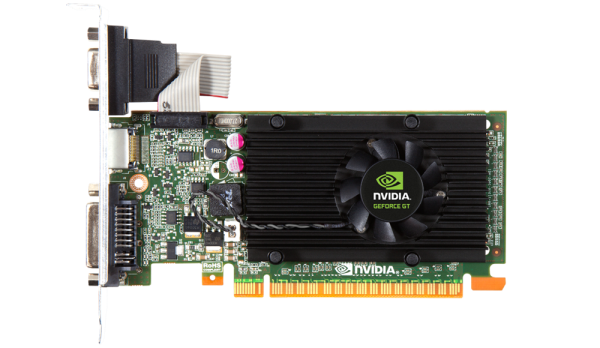
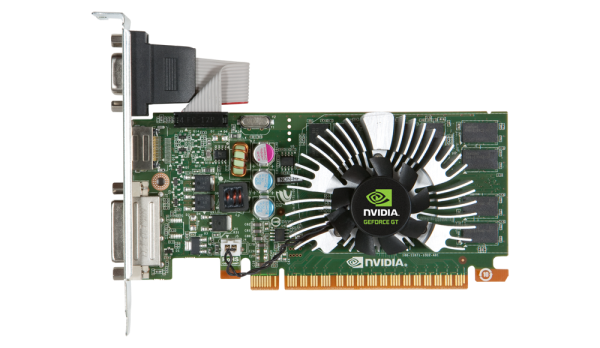
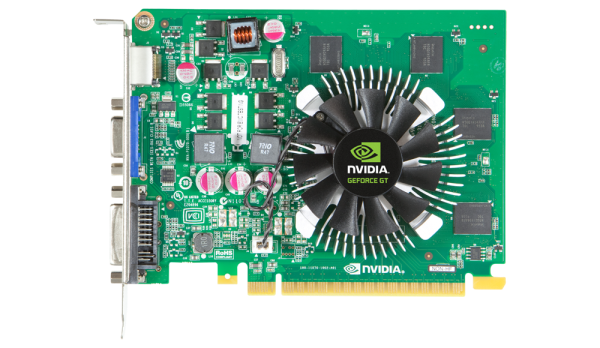

 Quote
Quote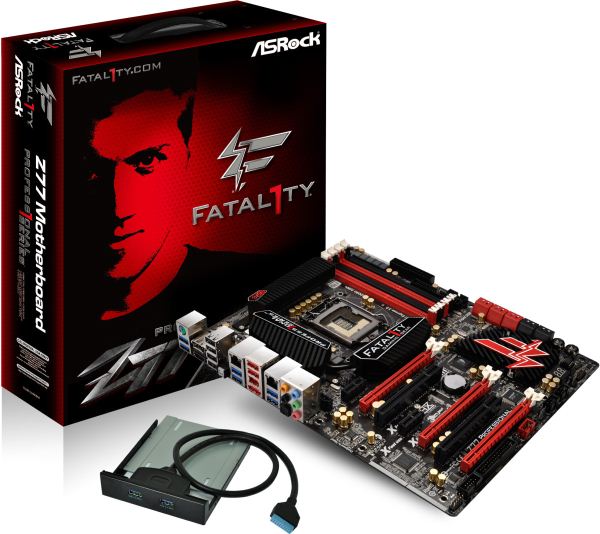



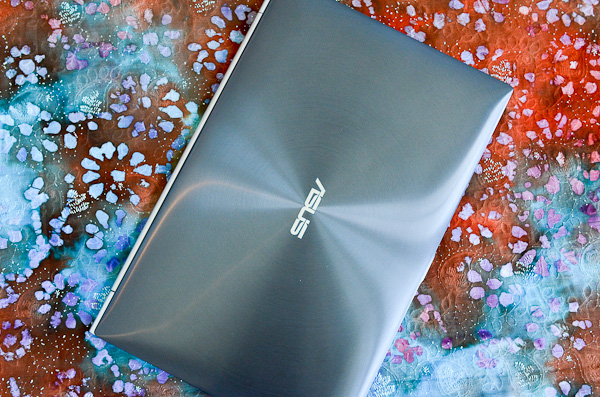


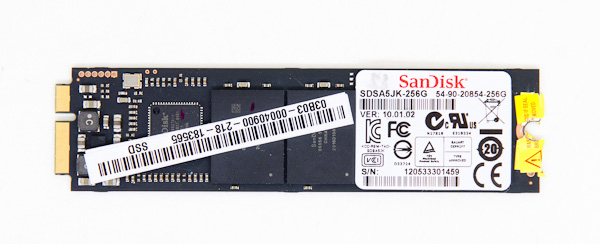
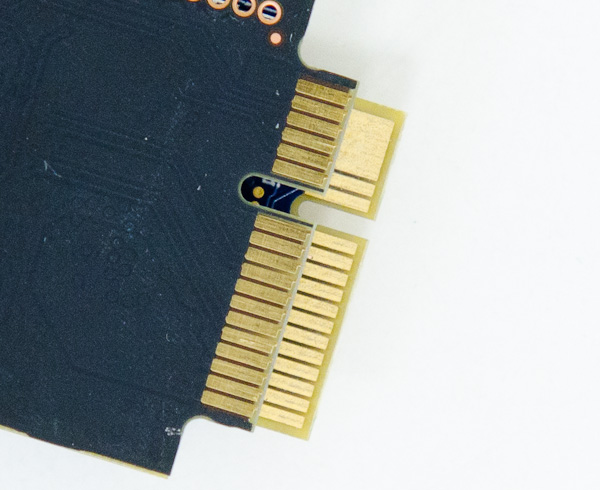






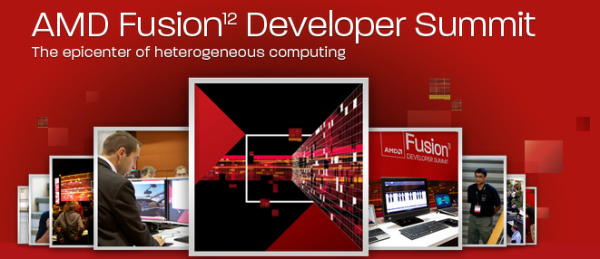
















Bookmarks